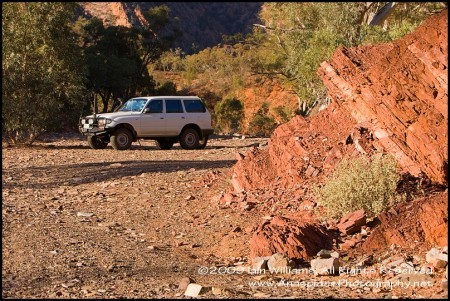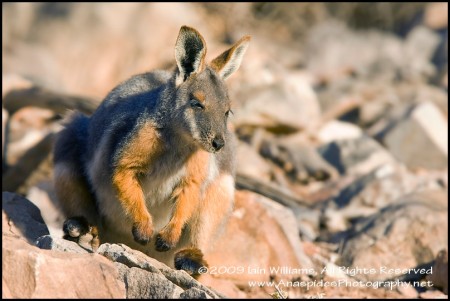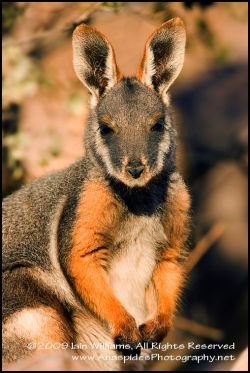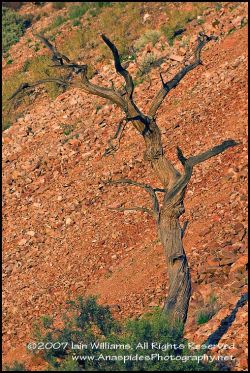Yellow Foots Thin On The Ground Today
 Wednesday, April 15, 2009 at 7:44PM
Wednesday, April 15, 2009 at 7:44PM 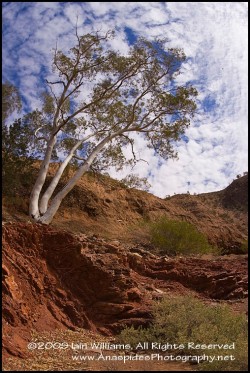 Not much happening today wildlife wise, so I concentrated on obtaining some landscape and environmental shots.
Not much happening today wildlife wise, so I concentrated on obtaining some landscape and environmental shots.
The landscapes in the Flinders are stunning. Red and orange rock cliffs that are flacked by dry watercourses with magnificent river red gums growing along the banks. The sky is usually a strong vobrant blue that is common in high latitude desert environments.
It appears my NO 2 battery has died, so running the laptop and charging camera batteries from the vehicle is not possible. I will need to be careful using the NO 1 battery for accessory use as diesel vehicles require a good zap of battery power to start them - and a landcruiser does not have a hand crank and is very heavt to push start.
This is my last night at this location. After the morning shoot tomorrow, I depart for another location south of here. Hopefully, I will see some adults at this new location. I have only seen juveniles and sub adults here, although I did observe a few larger males higher up on the talus slope out of reach. As for tonight I will spend a few hours doing star trails....




